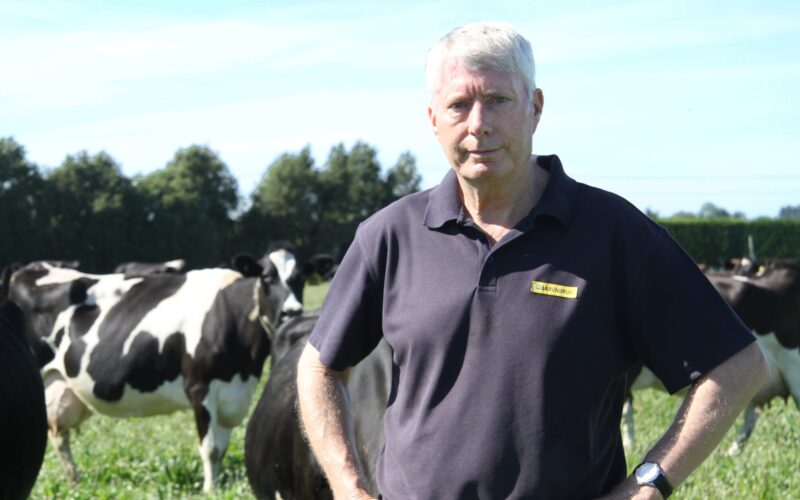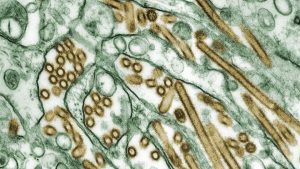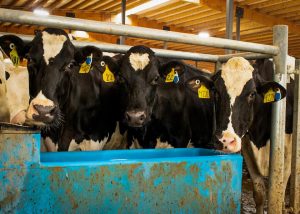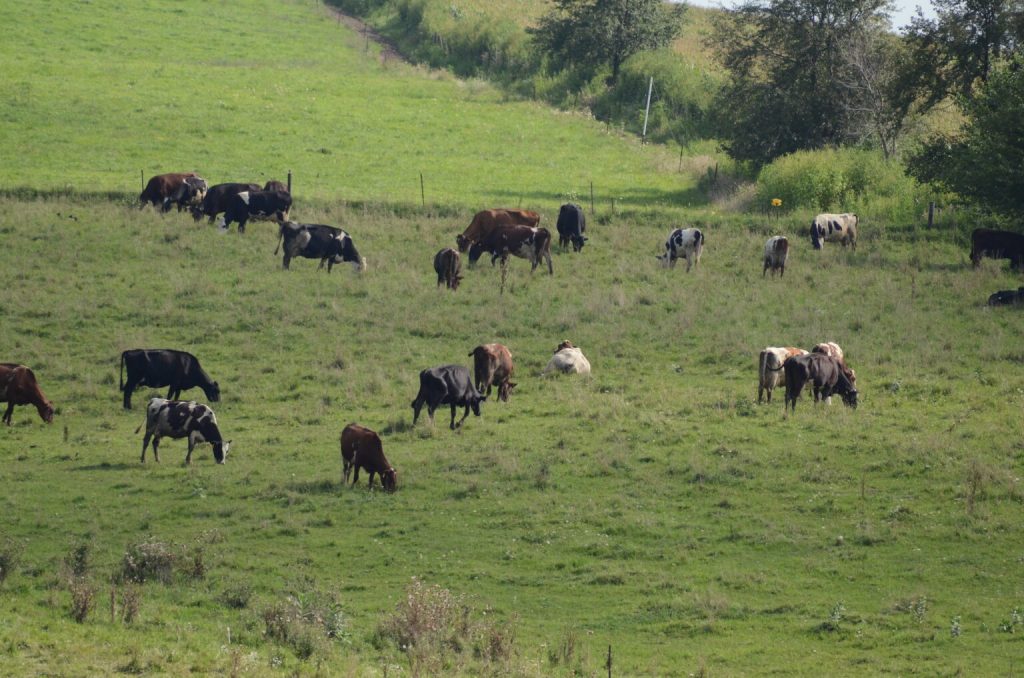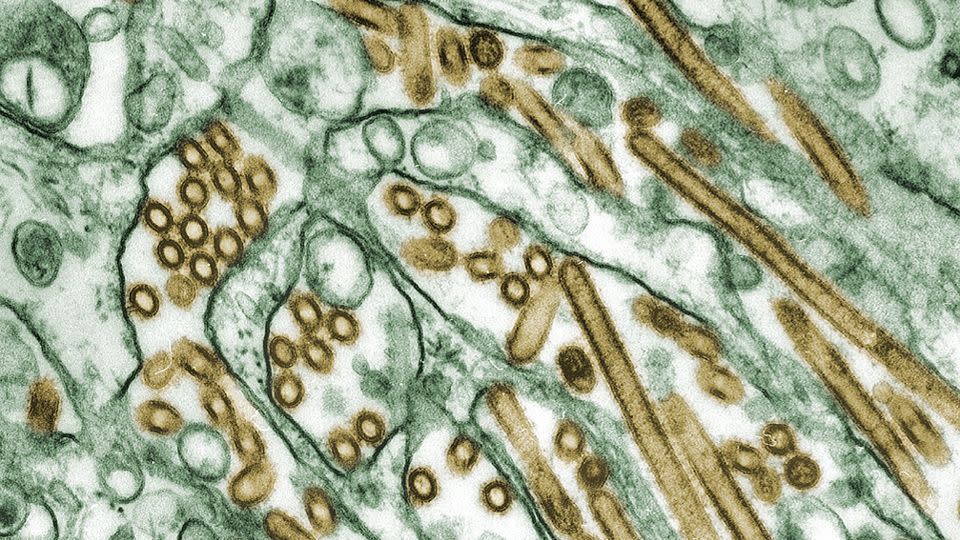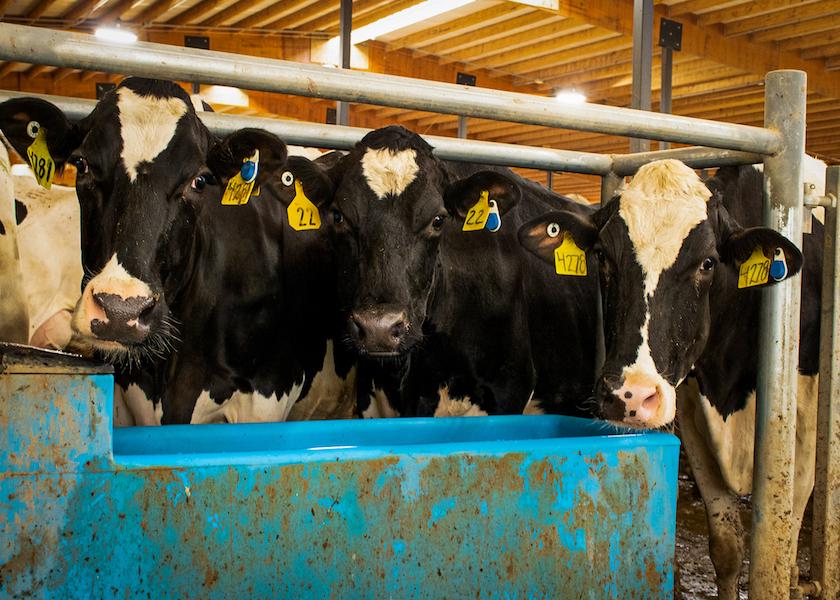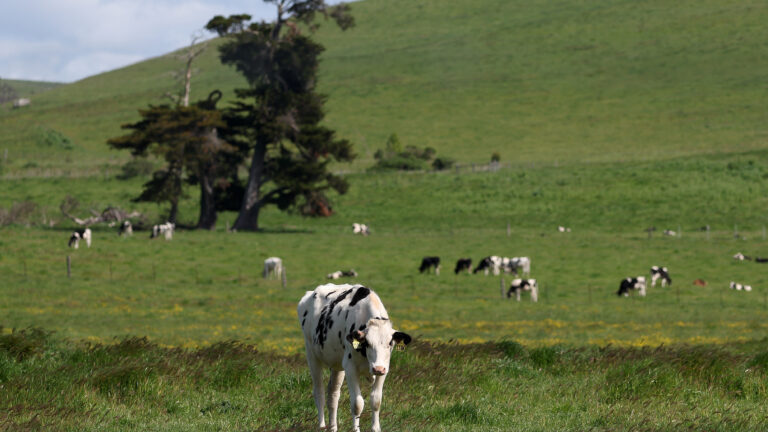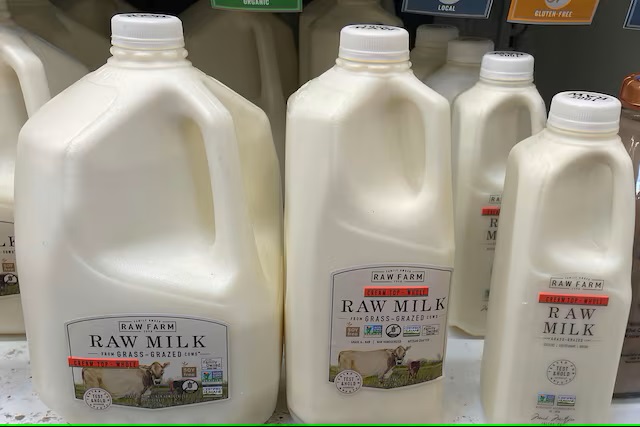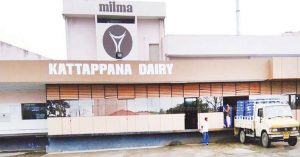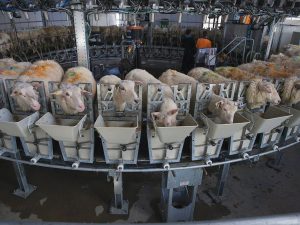No one knows what next autumn will bring. But one thing is certain – new pasture sown this autumn will help (or hinder) the future more than you might expect.
That’s why one industry expert is urging farmers to think twice about trying to save money on cheap or uncertified seed for autumn renewal.
Graham Kerr has seen the results of this more times than he cares to remember over the past 30-plus years with Barenbrug.
Whether it’s poor germination, high weed content, low dry matter production, no endophyte protection or pastures that are simply not what they claim to be, one reaction prevails – stress over the amount of feed that isn’t there when needed, and expected.
“That’s one of the biggest costs of poor quality seed. You can’t see it until it’s too late, and then you have a problem.”
As field agronomist, technical development manager and commercial manager for one of the country’s best-known pasture and forage companies, he’s shared both high and low payout seasons with New Zealand dairy farmers, and understands the pressure to cut costs in tight times.
Certified proprietary ryegrass seed, however, makes up only a fraction of the total price of pasture renewal.
And for something so small, it can have a huge impact on productivity in the years to come.
“If something goes wrong with your pasture, the repercussions for the whole farm system are major,” Kerr says.
Not only is there no way of knowing for sure what’s contained in uncertified seed mixes, there’s also a significant amount of feed at stake.
“A low payout needs to be attacked on two fronts. The first is to reduce costs where possible. The second is to spend on things that give strong returns in production, to dilute your working expenses per kg MS.”
Seed quality, and the DNA it contains – which controls winter growth, palatability and several other benefits – has repeatedly proved its worth in this second category, he says.
Now you can compare the likely impact and return on investment of planting a high-performing perennial ryegrass like Array NEA2 against uncertified ryegrass seed, using an online Barenbrug calculator.
Built on industry performance data, the calculator shows both estimated seasonal yields for different ryegrass options, and – critically – what these equate to in terms of pasture utilisation and subsequent milksolids production.
The results might surprise you. Payback is well within the first 12 months, and keeps compounding after that.
Kerr says the calculator is a fast, easy way to quantify what you stand to gain or lose by sowing different pastures this autumn.
And unlike many other unpredictable factors affecting your business, seed choice is 100% in your control.
“There aren’t that many proven opportunities to mitigate risk in such a high stakes business as pastoral dairy farming. Putting seed quality ahead of price is one of them.”
Nothing is left to chance with the quality of certified Barenbrug ryegrass seed, Kerr says.
From the time a new cultivar is first developed to the time it arrives for sowing on your farm, it’s tested (and re-tested) every step of the way, to ensure it’s clean, healthy, genetically pure and ready to grow to its full potential.
Achieving this is a job that never stops, involving dozens of people from plant breeders, lab technicians and agronomists to growers, independent auditors, seed cleaners and cool store operators.
“All our seed quality parameters are documented by AsureQuality through the National Seed Laboratory. Every line of certified seed comes with its own seed analysis certificate, so you can trust what’s in the bag, and sow with confidence.”
You can now read the most important #news on #eDairyNews #Whatsapp channels!!!
🇺🇸 eDairy News INGLÊS: https://whatsapp.com/channel/0029VaKsjzGDTkJyIN6hcP1K

